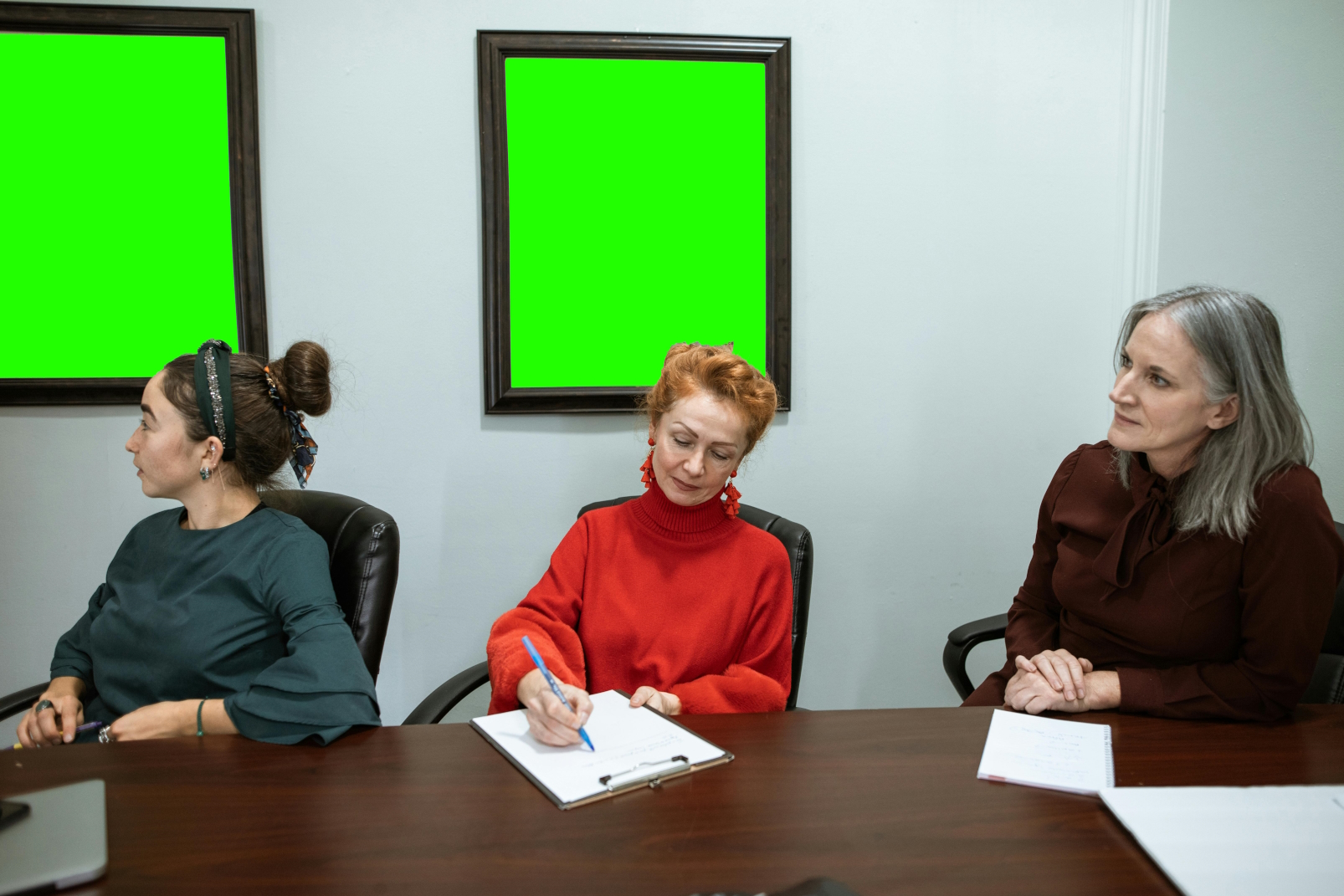Virtual Product Placement (VPP)
An advertising technique that digitally places branded objects into movie or TV show scenes.
Types of Virtual Product Placement
Static Virtual Product Placement (sVPP)
Inserting a product into a fixed location within a scene, digitally after production. This type of placement is similar to traditional product placement but is added during post-production. It can be used to add products that weren't present during filming or to replace existing products with different brands or versions.
Example: Digitally adding a billboard to a cityscape scene in a post-produced film.
Dynamic Virtual Product Placement (dVPP)
Inserting products that can change based on factors like audience demographics, contextual relevance, and real-time updates, often driven by AI and data analysis. Machine learning algorithms analyze viewer data to determine the most effective product placements, which can include real-time bidding systems where advertisers compete for placement opportunities. For example, a streaming service might show different products to viewers based on their location or viewing history.
- Audience Demographics: Different viewers see different products.
- Contextual Relevance: Relevant products are inserted based on the scene's content (e.g., a sports drink during an athletic scene).
- Real-Time Updates: Products can be changed or updated dynamically.
Examples: Regional grocery advertisement in cooking shows, relevant travel promotions during travel discussions, dynamic sponsor billboards in live sports.
Interactive Virtual Product Placement (iVPP)
This type of virtual product placement allows viewers to interact with the virtual products. For example, using Augmented Reality, Mixed Reality or Virtual Reality, viewers could see additional information about the product or even try it out. This can also include gamification elements where viewers earn rewards or discounts by interacting with the products.
Examples: Clicking on a virtual product to learn more or purchase it, interacting with products in augmented reality experiences.
User Defined Virtual Product Placement (udVPP)
A system where the end-user has some control over the products placed within the media they are viewing, through preferences or direct selection. This approach considers user preferences and ensures that placements do not disrupt the viewing experience. For example, a viewer might choose to see products from their favorite brands or opt-out of seeing any product placements.
Potential Benefits: More relevant ads for users.
Potential Challenges: User fatigue, privacy concerns.
Examples: A viewer might choose to see Coca-Cola instead of Pepsi in a scene, or in case if a child watching some show then all alcohol could be changed to some juice
What AugforM is Doing
AugforM is working with sVPP, iVPP, and udVPP, offering flexible and engaging virtual product placement solutions.
Original Image

Selection and Masking
